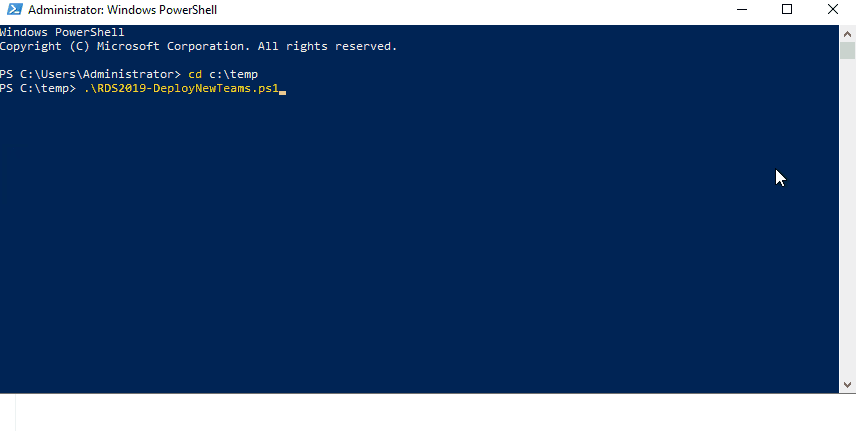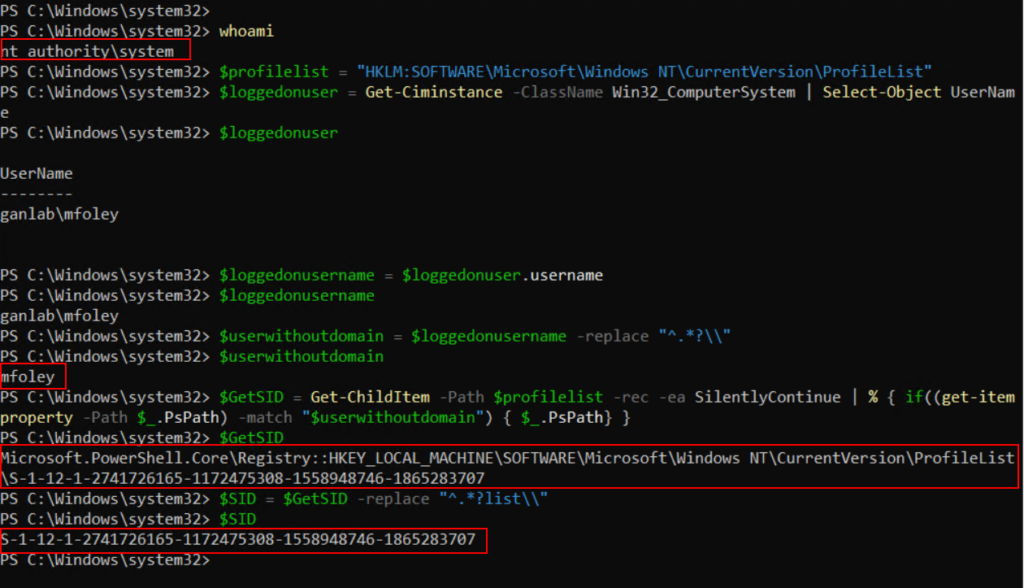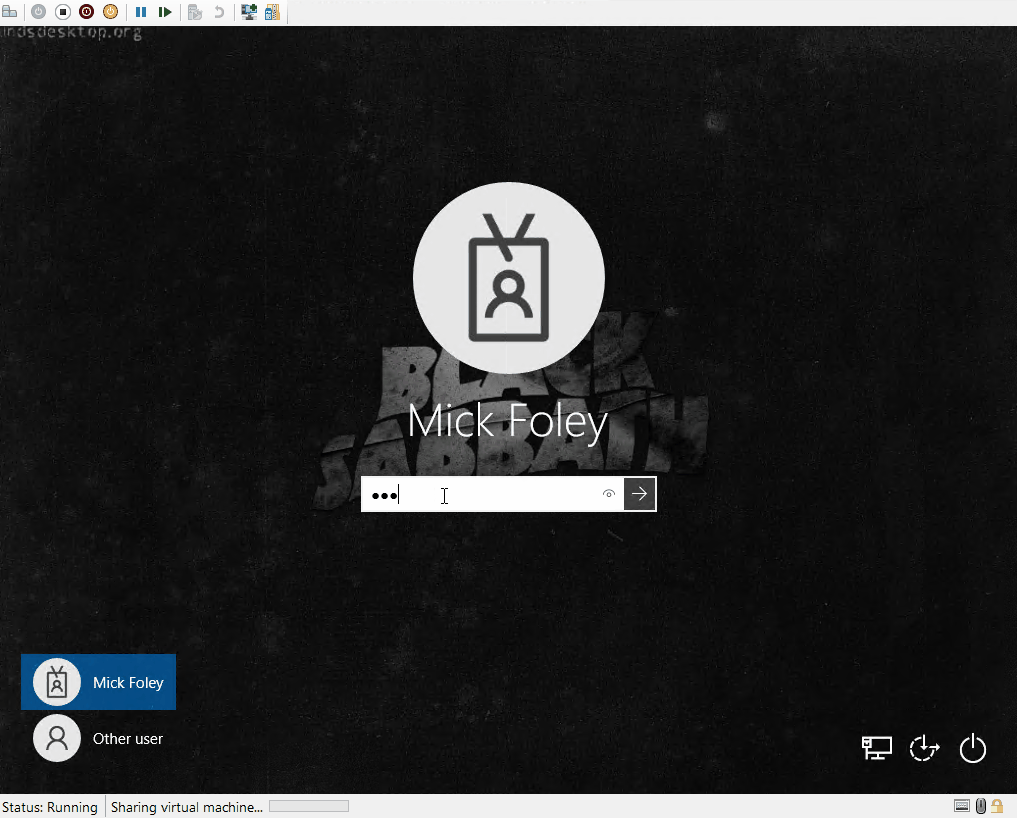I can’t believe I am actually writing a post on RDS since AVD is superior in almost every way. However, there are still many organizations using RDS, and for those using Server 2019, updating to New Teams has its own unique process. Again, if you’re using or supporting RDS, you should probably be planning your migration to AVD, but if you’re one of the lucky consultants or sysadmins who still supports a 2019 RDS farm, this post will make updating to new teams very easy. If you landed here and are looking to update to new teams on AVD, see this post – Moving from Classic to New Teams on AVD and a script to automate it – SMBtotheCloud.
Unless you’ve been living under a rock, you should know that classic teams went end of support on July 1, and will be end of support for VDI on October 1. If you need to review the timeline, it can be found here – End of availability for classic Teams client – Microsoft Teams | Microsoft Learn. So, if you have not already, you should be upgrading to New Teams very soon.
Server 2019 has its own unique way to install the new teams app. You may not have the Edge WebView2 Runtime installed, which is a pre-req for new teams and preinstalled on Windows 11. Let’s quickly look at the pre-reqs for the new teams app:

I couldn’t find any specific requirements for the isWVDEnvironment registry value or the WebRTC components on RDS, so I left those components out. For Server 2019, you can’t install the MSIX or use the bootstrapper.exe method. You need to use this method:

And it’s likely that you don’t have sideloading enabled on your 2019 server, so you’ll get this error:

To enable sideloading, we can do that with a registry value using the powershell syntax below:
New-ItemProperty -Path "HKLM:\SOFTWARE\Microsoft\Windows\CurrentVersion\AppModelUnlock" -Name AllowAllTrustedApps -PropertyType DWORD -Value 1 -ForceSo, to make it easy, we have this script, which does the following:
- Downloads the Teams offline installer
- Checks for installed versions of C++ redsitributables and Downloads & installs them if they are dated or not installed
- Adds the sideloading registry value
- Removes classic teams if its installed
- Checks for Edge WebView2 framework and installs if it does not exist
- Installs new Teams using the correct 2019 method
Here is it in action:



